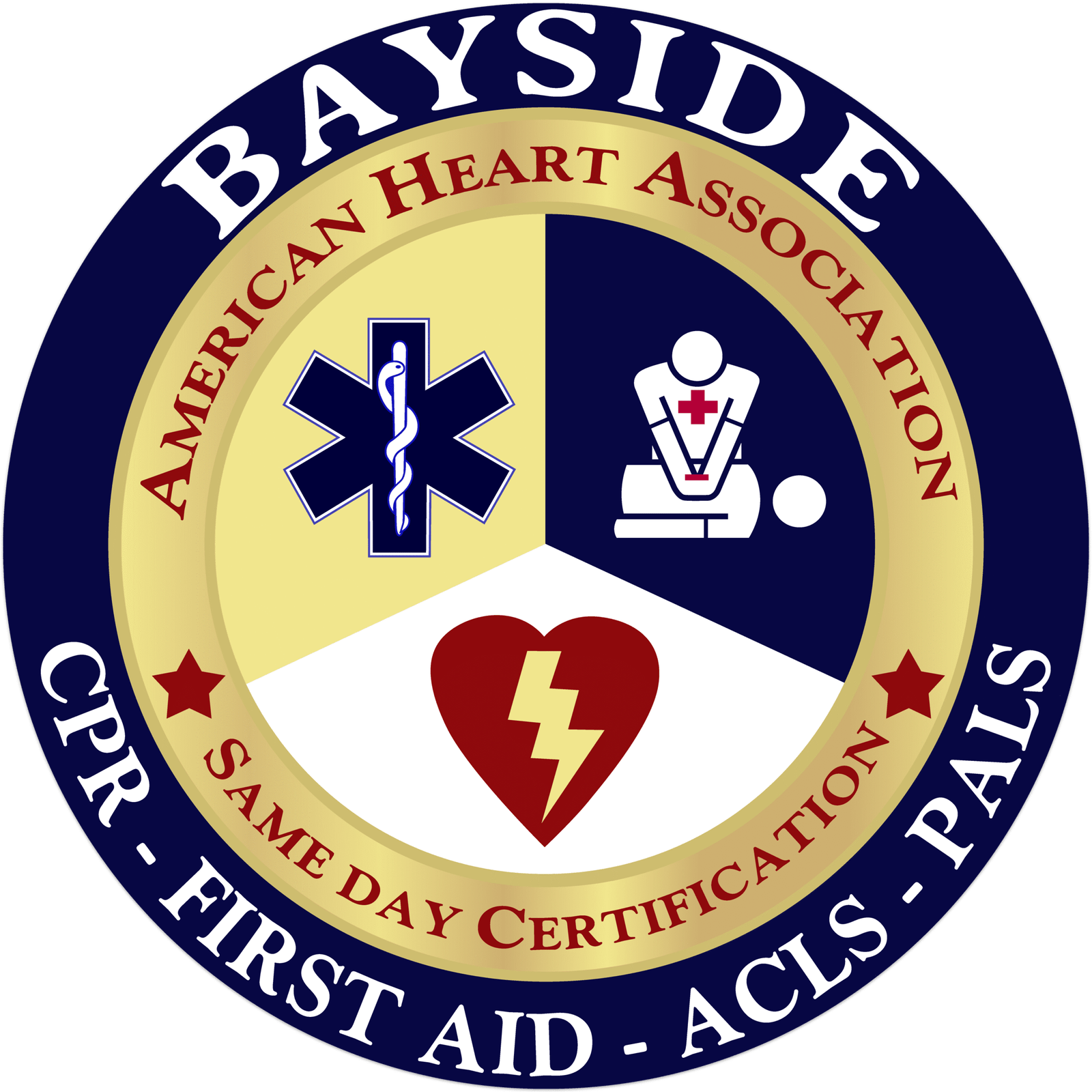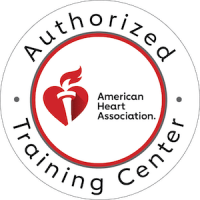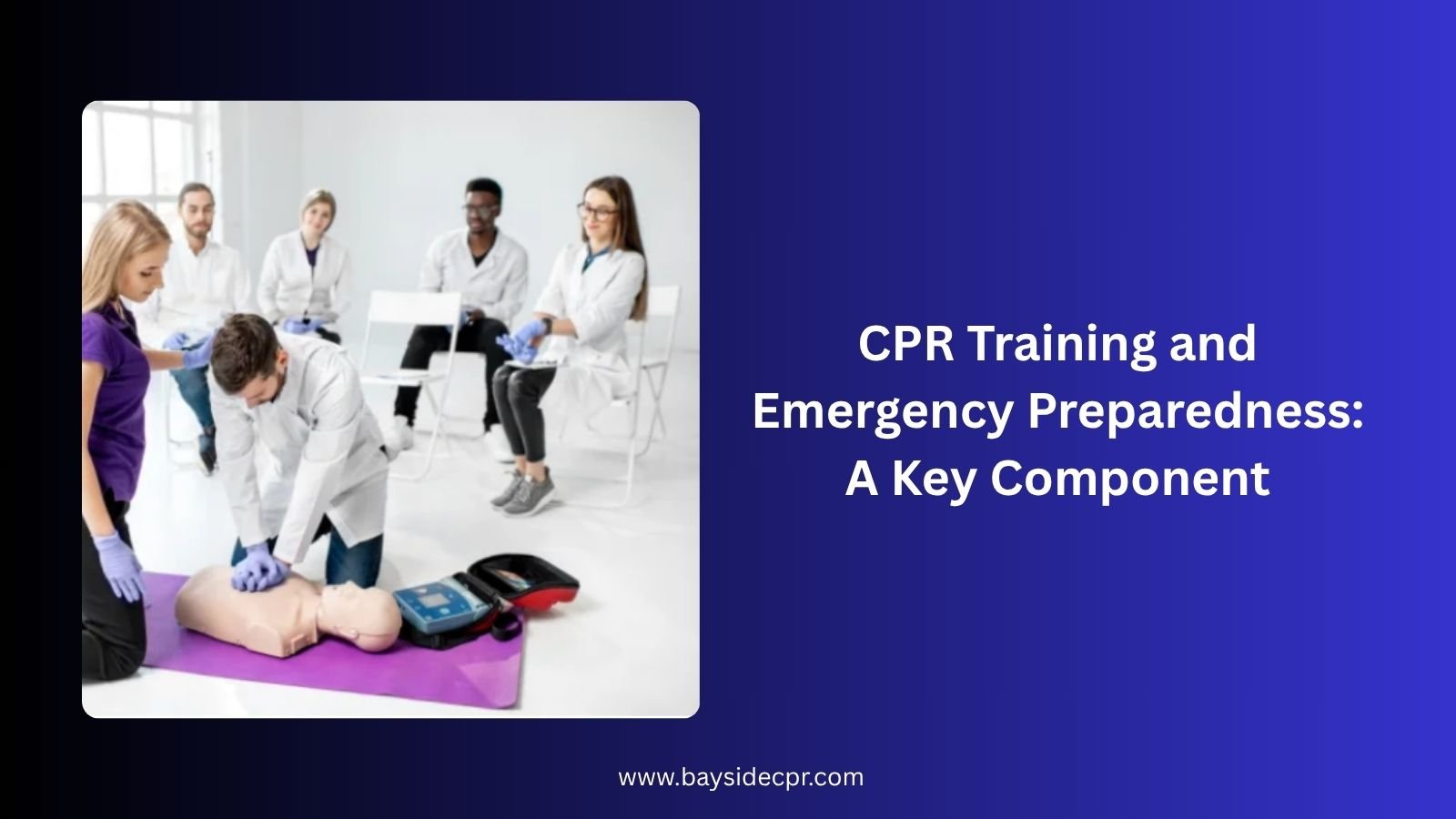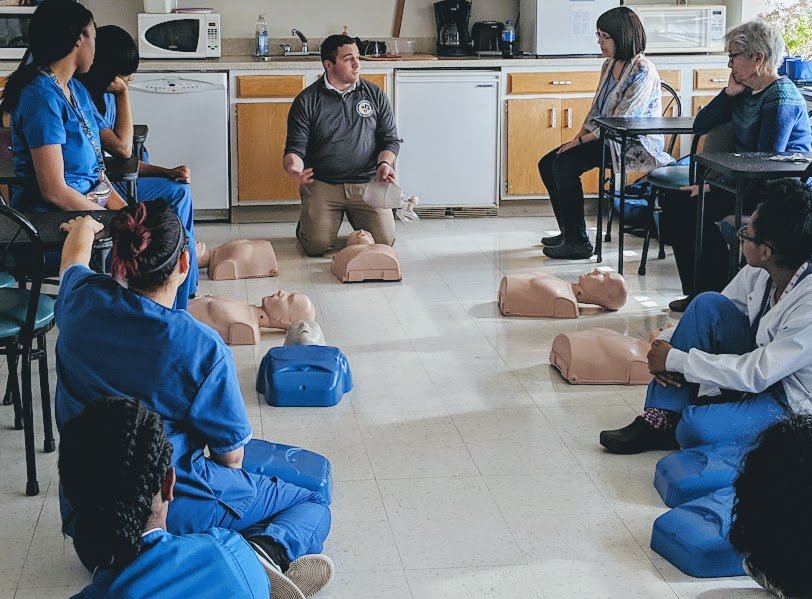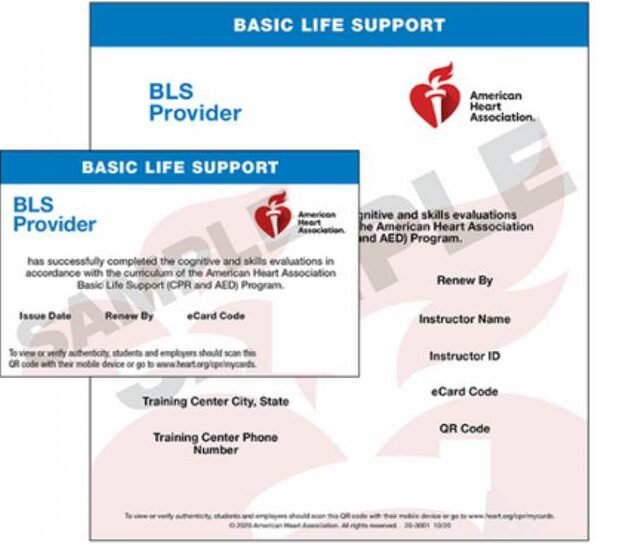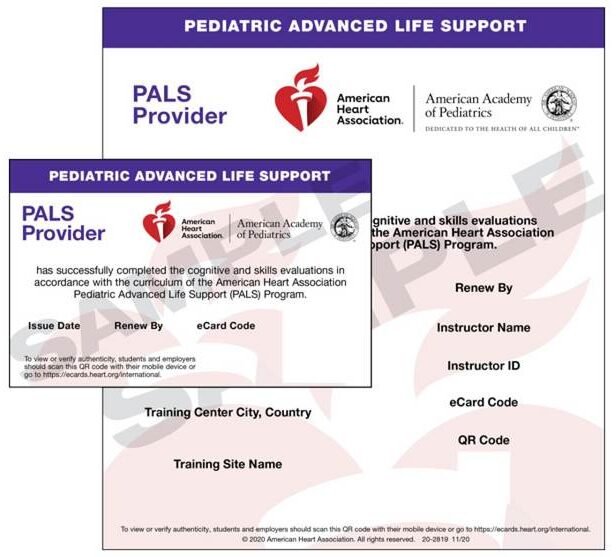Emergencies don’t wait; they can happen anytime, anywhere. Maybe it’s someone collapsing at home, at work, or even while you’re out grocery shopping or walking through the neighborhood. In those first few minutes, before an ambulance arrives, what you do next really matters. That’s where CPR comes in. Knowing how to perform CPR isn’t just helpful; it can be the one thing that saves a life. It keeps blood flowing to the brain and other vital organs until professional help arrives. Without it, the chances of survival drop with every passing minute. So, CPR training isn’t just optional when it comes to emergency preparedness; it’s essential. In this, we’ll explore the central role of CPR training in a well-rounded emergency preparedness plan.
1. Cardiac Emergency Preparedness with CPR Training
Emergencies, particularly cardiac arrests, do not discriminate by location, time, or person. They can occur anywhere, from the quiet of a home to the hustle and bustle of a shopping mall.
According to the AHA reports, over 350,000 sudden cardiac arrests occur outside of hospital settings in the U.S. each year, and the immediate response to these incidents is often a decisive factor in survival. CPR training prepares individuals to act swiftly and effectively, significantly enhancing survival rates.
2. How CPR saves lives?
Cardiopulmonary Resuscitation (CPR) is a critical skill that can mean the difference between life and death during a cardiac arrest. CPR helps maintain blood circulation and oxygen delivery to vital organs when the heart stops beating. The technique involves rhythmic chest compressions, mimicking the heart’s pumping action, and (if trained) rescue breaths to keep oxygenated blood flowing throughout the body.
Whether you’re a healthcare professional, parent, teacher, or bystander, knowing how to perform CPR ensures you’re prepared to act in and manage the disaster. Earning a CPR certification can provide the skills and confidence needed to respond effectively. While CPR doesn’t guarantee survival, taking action is always better than standing by and doing nothing.
The following two key factors play a vital role in increasing the life-saving potential of CPR:
2a. The Importance of Immediate Intervention
When cardiac arrest occurs, the heart suddenly stops beating, and blood flow to the brain and vital organs ceases. Without oxygenated blood, brain cells begin to die within minutes, making time a critical factor in survival. Immediate intervention with CPR is essential to maintain circulation and preserve organ function until advanced medical help arrives.
The effectiveness of CPR depends greatly on how quickly it is started. Studies show that immediate and high-quality CPR can double or even triple a person’s chance of survival after a cardiac arrest. Every minute that passes without CPR significantly reduces the chances of survival.
2a.i. How Immediate CPR Helps
- Maintains Blood Circulation: Chest compressions help move blood to the brain and heart, buying time until professional help can restart the heart or apply a defibrillator.
- Prevents Brain Injury: Early oxygen delivery helps prevent irreversible brain damage and increases the likelihood of a good neurological outcome.
- Improves Defibrillation Success: Effective CPR prepares the heart to better respond to a shock from an automated external defibrillator (AED), increasing the chances of successful defibrillation.
2b. Training Makes the Difference
Proper CPR training provides you with the essential knowledge and practical skills needed to perform CPR confidently and effectively, even in high-pressure situations. Through hands-on practice, you learn the correct techniques for delivering chest compressions and rescue breaths, ensuring that you can maintain adequate blood flow and oxygen delivery during cardiac arrest.
Training also addresses critical details, including the variations in CPR techniques based on the patient’s age, whether infant, child, or adult. Additionally, it ensures you are familiar with the most recent protocols and updated guidelines, allowing you to apply the latest evidence-based practices for optimal outcomes.
2b.i. What CPR Training Covers
- Chest Compressions: Learn the right depth, rate, and hand placement to keep blood flowing to vital organs.
- Rescue Breaths: Understand how and when to provide breaths to supply oxygen.
- Recognition: Identify signs of cardiac arrest and know when to begin CPR.
- Use of AED: Get hands-on practice with AED to restore heart rhythm safely.
3. Building a Culture of Preparedness
Effective emergency preparedness goes far beyond having supplies in place or creating a communication plan. A key component lies in widespread CPR training. When communities, through schools, workplaces, and local organizations embrace CPR certification programs, they create an environment where safety protocol and health are top priority.
These initiatives hold immense value. Not only do they improve individual CPR skills and knowledge, but they also help the community stay strong and ready during emergencies. Imagine a scenario where someone suffers a cardiac arrest in a public space. With more bystanders equipped with CPR certification, the chances of a successful intervention and positive outcome significantly increase. The impact and importance of CPR training extend well beyond emergencies. It fosters a culture of preparedness where individuals feel confident and empowered to act in critical situations. This sense of community responsibility creates a safer and more secure environment for everyone.
4. Overcoming the Bystander Effect
The bystander effect can seriously delay CPR in emergencies, especially when people assume someone else will step in. Many hesitate because they’re afraid of doing something wrong or getting into legal trouble. That’s why it’s so important to understand your legal responsibilities ahead of time, so you feel more confident and ready to help when it counts.
Comprehensive CPR training addresses these concerns and empowers individuals to act decisively in crises. Here’s how:
4a. Understanding Good Samaritan Laws: Training clarifies the legal protections offered by Good Samaritan laws, which exist in most areas. These laws safeguard individuals who act in good faith to assist with emergencies, mitigating concerns about potential legal trouble.
4b. Building Skills and Confidence: Hands-on CPR training provides a safe and controlled environment to practice CPR techniques on mannequins. This practical experience fosters muscle memory and increases confidence in performing CPR effectively under pressure.
4c. Focus on Simple Steps: Training emphasizes that even basic CPR efforts, like chest compressions, can significantly improve a cardiac arrest victim’s chance of survival. This knowledge empowers bystanders to act, knowing they can still make a lifesaving difference even if they don’t remember every step.
Ready to Learn Life-Saving Skills?
CPR training isn’t just another course; it’s a life-saving skill that plays a vital role in emergency preparedness. In moments when every second counts, knowing how to respond confidently can make all the difference. At Bayside CPR and AED Training Center, we offer hands-on, expert-led CPR classes along with a full range of emergency response training. Whether you’re just starting out or coming in for a refresher, our courses, including CPR & First Aid BLS, ACLS, and PALS, are designed to build your confidence and prepare you to respond when someone needs help. Don’t wait for a crisis to wish you were ready. Sign up today and take the first step toward becoming CPR certified and be fully prepared with the hands-on skills that can save a life in an emergency.
